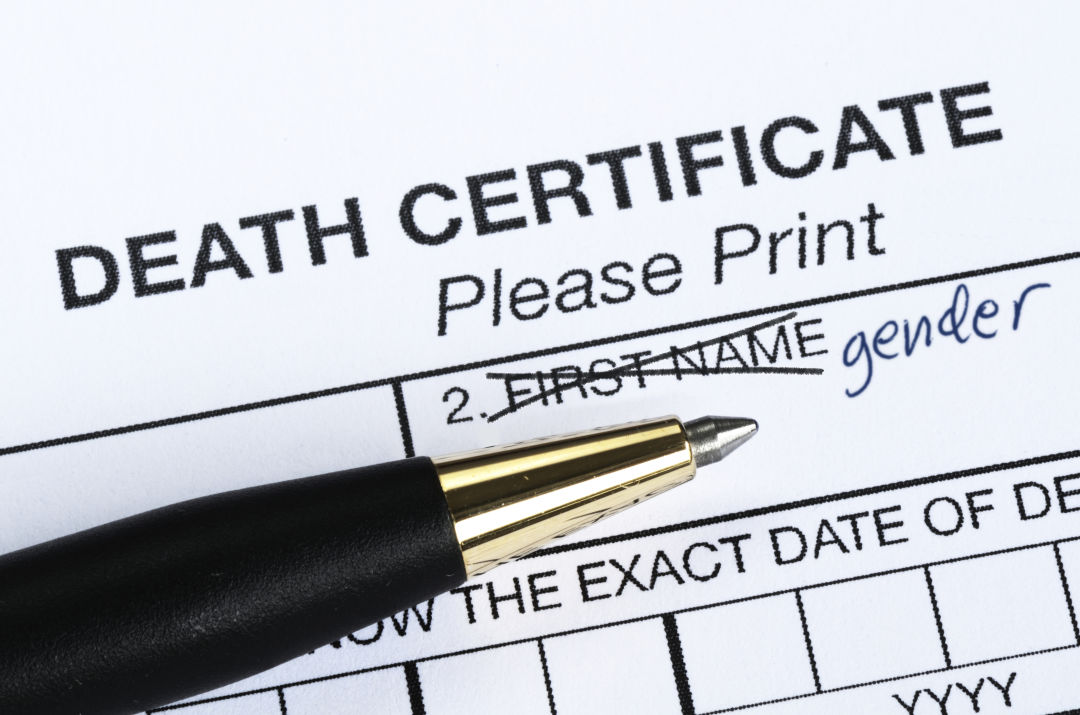Transgender and Nonbinary People Misgendered on Death Certificates

Researchers from Clackamas, Multnomah and Washington Counties have published a new study finding that transgender and non-binary individuals are too often misgendered on their death certificates.
In a first-of-its-kind study, epidemiologists from Multnomah, Washington, and Clackamas counties have found that more than half of transgender and nonbinary people from the Portland metro area were misgendered on their death certificates between 2011 and 2021.
Without a formal system to accurately record gender identity, many transgender and nonbinary people’s identities are erased after death, says Kimberly Repp, Washington County’s chief epidemiologist and the study’s co-author. Their results are being published in the Journal of Public Health Management and Practice.
County officials say this lack of data has real world reverberations. By not recording gender identity information on death certificates, which are used to report a region’s vital statistics, it can mean less federal funding for social services and public health programs, further harming transgender and nonbinary individuals who already face disproportionate rates of violence and health care disparities.
The researchers found that most medical examiner case management software does not include a field for gender identity.
Meanwhile, death investigators—who are not required to undergo formal training on collecting gender identity information—will typically record a person’s gender from their driver license or physical identification at the scene. This can compound the problem because government-issued identification often does not reflect a person’s gender identity. More than two-thirds of respondents to a 2015 national transgender survey had neither their preferred name nor gender recorded on their IDs.
In Oregon, a funeral home director will also enter a person’s gender in the official death certificate after speaking to next-of-kin, who "may not be aware or disagree with” their gender identity, researchers found. This process is also known as “nonconsensual de-transitioning,” the researchers wrote.
“From the data standpoint, this is a simple problem to fix,” says Molly Mew, one of the study’s co-authors. “The systems just need more inclusive boxes. Death investigators, medical examiners, and funeral directors often know how a decedent identifies. They just don’t have anywhere to document that.”
The researchers suggested a number of policies and practices to ensure that people are respected after death, including a mandated field for gender identity rather than sex assigned at birth in case management software and death certificates, as well as giving funeral directors the authority to use gender-identifying documentation instead of “relying solely on next-of-kin.”




